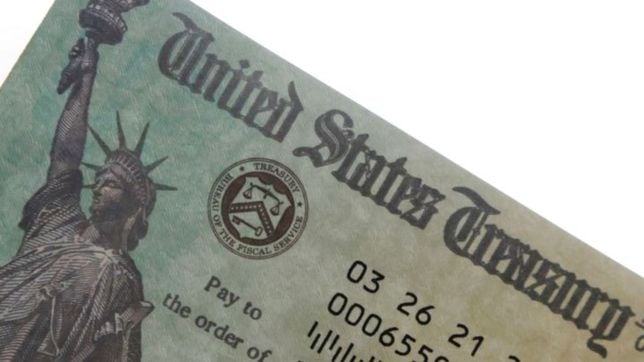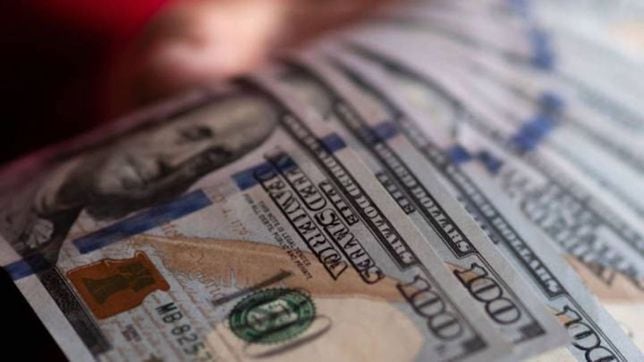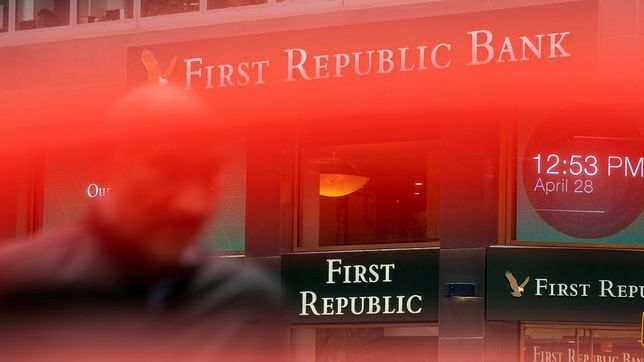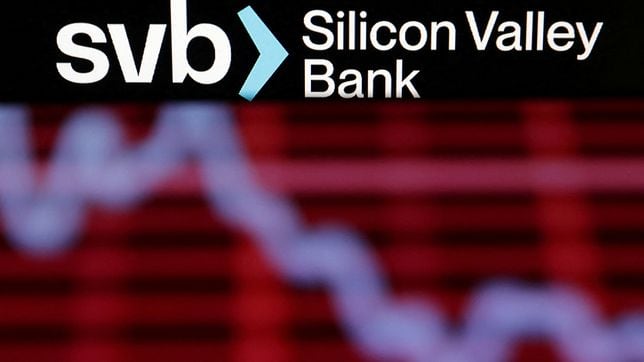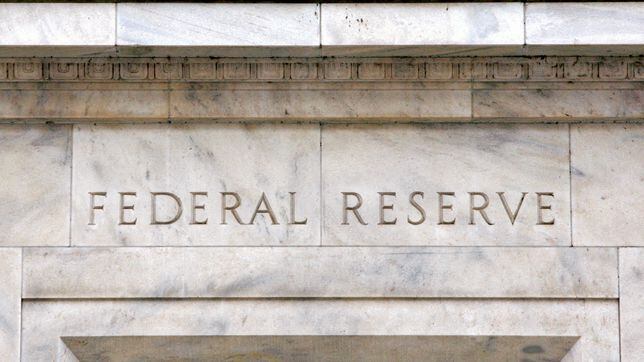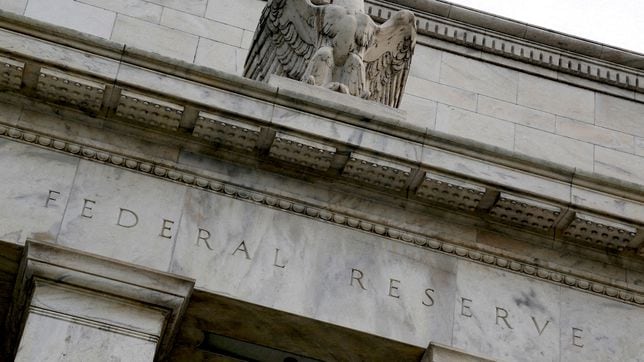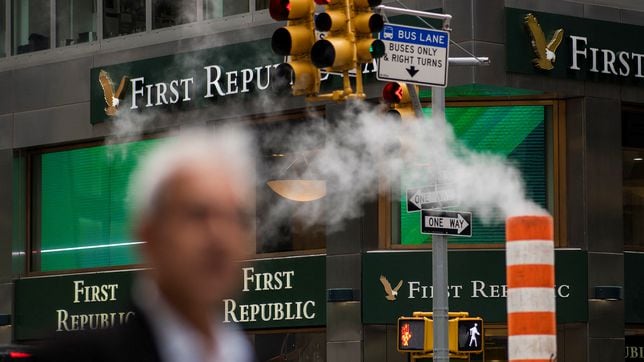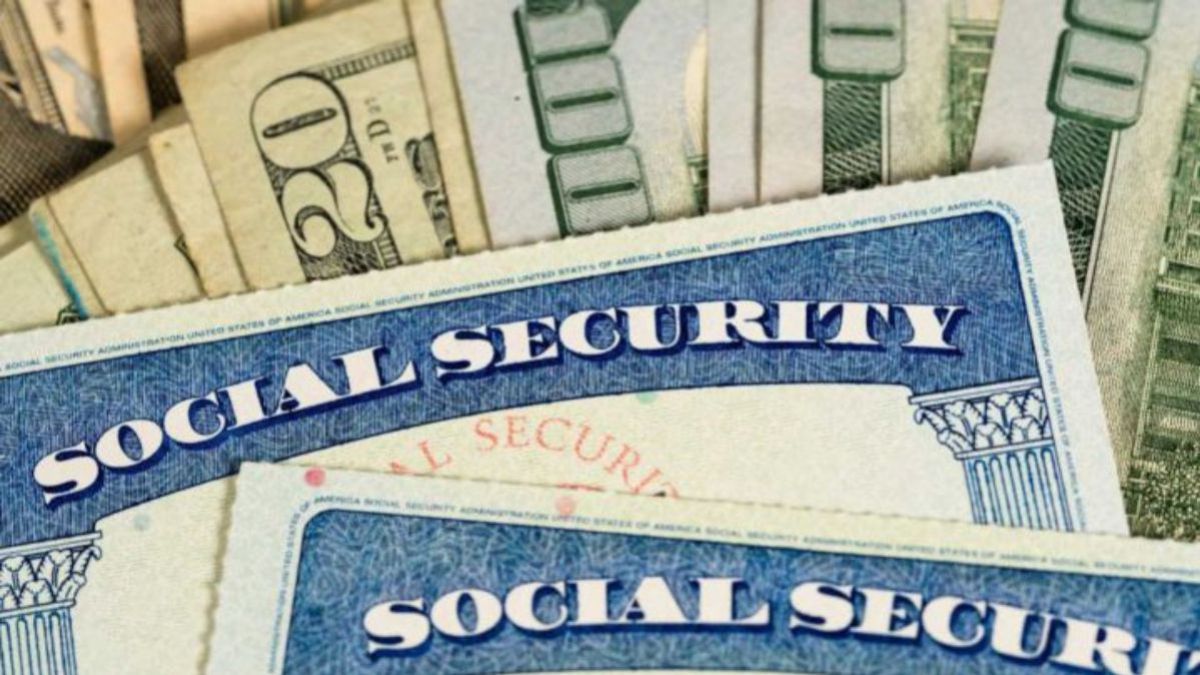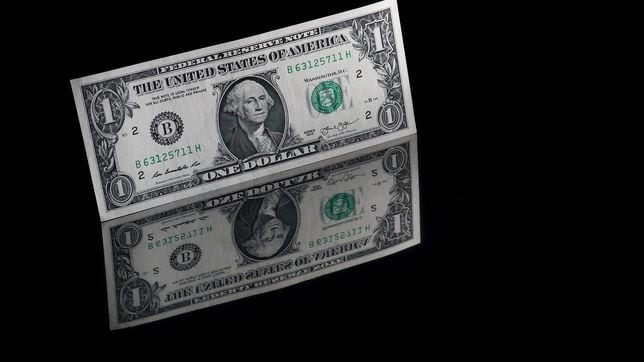Relief checks news summary | 2 May 2023
Follow the latest news on the US economy with an impending interest rate increase that have already played a role in the collpase of another big lender.
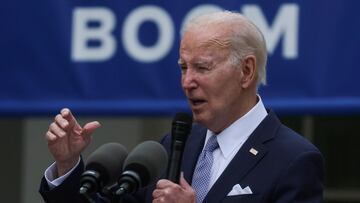

Show key events only
US Finance: Latest Updates
Headlines | Tuesday, 2 May 2023
- Job openings have fallen by 1.6 million since December
- Layoffs are up twnety-nine percent compared to April 2022; meanwhile, the number of workers voluntarily leaving their jobs has fallen by thirteenpercent
- First Republic Bank acquired by JP Morgan Chase
- World Economic Forum forecasts 14 million jobs disappearing in five years
- New March data showed inflation cooling, Fed still expected to raise rates in May
- Median home selling prices increased 2.6 percent in March
- The rate of families with an unemployed member fell three percent from 2021 to 2022 to 4.7 percent
- Housing prices continue to fall, is it a good time to buy?
- Various states will continue to issue inflation relief checks and generous tax refunds in April
Related stories:
Federal Reserve Governor Lisa D. Cook spoke publically last week about the state of economic research and the current questions that exists for many tracking changes in the US economy. Governor Cook called attention to what she sees as signs that the labor market is “softening,” including a slowdown in the quit rate and hiring a reduction in the number of job openings. From December to March, the number of job openings fell by 1.6 million to 9.6 million.
Specifically, Gov. Cook’s comments mentioned the ‘strong’ increase in wages seen for “workers in the lowest-income quartile [...] relative to other quartiles over the past two years.” With far more jobs than workers seeking then, Gov. Cook said that this group “benefitted from the availability of jobs and, in many cases, the ability to move to better, higher-paying jobs in the current strong labor market.”
Read our full coverage for more details on the relationship.
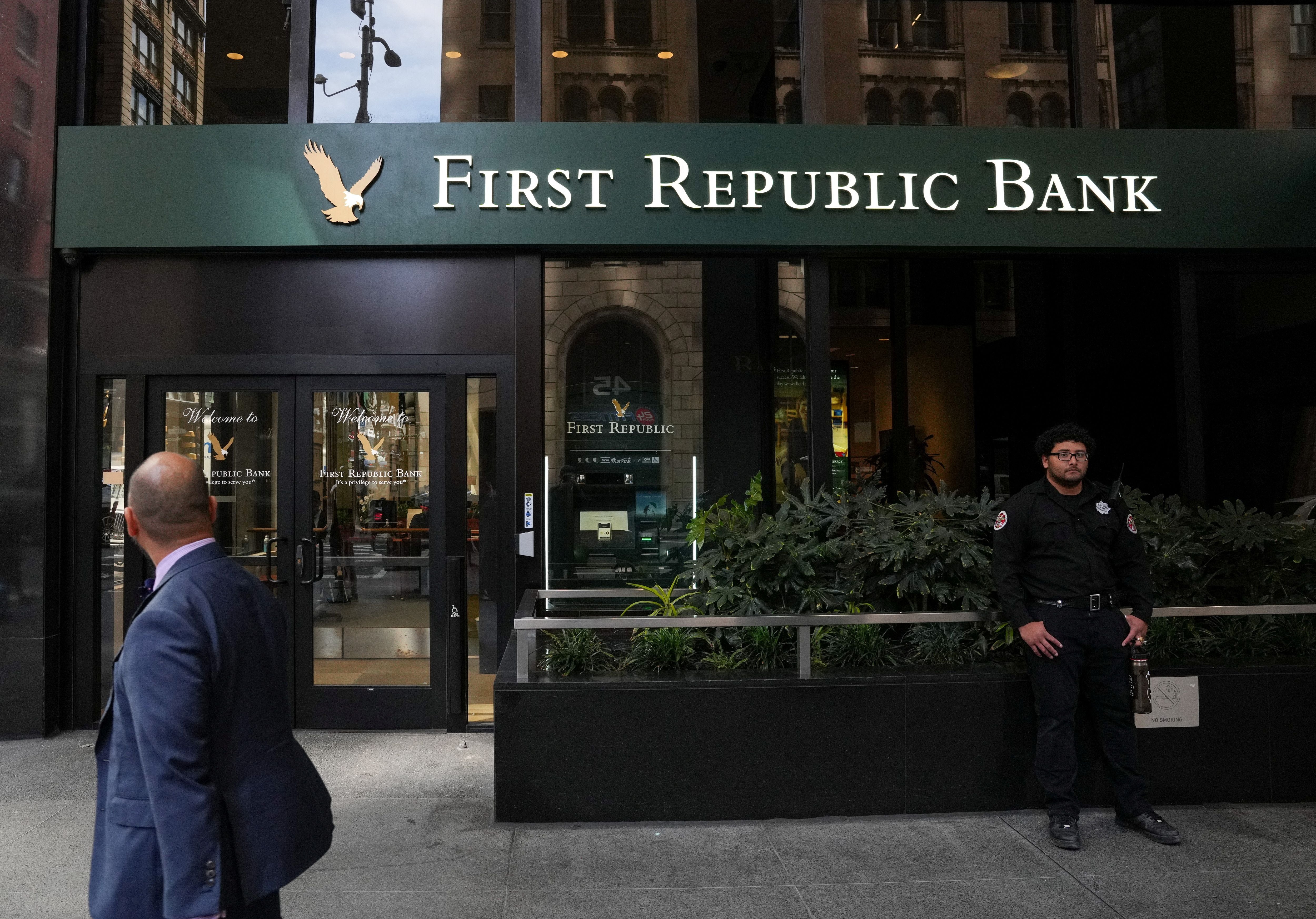
La FDIC se prepara para colocar al First Republic Bank bajo administración judicial. ¿Ésto puede afectarle si no tiene cuenta ahí? Aquí la explicación. / LOREN ELLIOTT / REUTERS
First Republic Bank acquired by JP Morgan Chase: What does it mean for customers?
After seeing deposits fall dramatically over the last month as investors began to doubt the financial viability of First Republic Bank, the financial institution has been absorbed by JPMorgan Chase.
The FDIC has reported that First Republic Bank customers will be able to go to their local branches in eight states, but they will soon be rebranded as Chase locations. These branches are operating under normal business hours since yesterday.
The money of all those who banked with First Republic Bank remain protected by FDIC insurance and will not lose any of their deposits during the transition period. The FDIC reported that they believe that the protection of these funds will cost around $13 billion.
Minnesota labor market could spell trouble for Fed rate hike policy
Federal Reserve Chair Jerome Powell signaled in March that the Federal Reserve “may” implement at least one more rate hike this year. Experts believe that could come on Wednesday after the May meeting of the Federal Open Market Committee concludes. After that, the vast majority see rates staying at the 5%-5.25% range through the end of the year.
However, some don’t rule out that macroeconomic data may force the US central bank to increase rates even more. Minnesota may be a harbinger of such economic forces.
Businesses in the state are taking extraordinary measures to attract new workers and retain the ones that they have. Like the US as a whole, there are far more jobs available than able-bodies to fill them. While nationally there are 1.7 jobs for each of the 5.9 million unemployed jobseekers, in the Land of Ten Thousand Lakes there are 2.6. Both numbers have come down in recent months, but they remain well-above pre-pandemic levels.
Policymakers at the Federal Reserve was to see the tight labor market loosen as a result of their increasing the cost of borrowing. Ideally, the demand for workers would shrink without causing mass unemployment, but companies so far are still trying to hire scores of new employees.
Wages is another factor being considered by the Fed. In the case of Minnesota, Daikin jacked its starting wage from $17 per hour to $24 and its US chief executive Jeff Drees says it still needs 200 more employees at its two facilities in the state. He doesn’t see wage growth levelling off any time soon.
The FDIC managed to work out an orderly resolution of First Republic Bank. JP Morgan Chase will purschase the failed financial institution and assume all its deposits.
The Social Security Administration continues to send monthly benefits to retired workers in 2023.
The SSA is also responsible for sending Supplemental Security Income benefits, disability and survivor benefits. This report tells us when to expect the payments for the month of May.
Starting at the onset of the covid-19 pandemic, Congress passed a law allowing the Food and Nutrition Service (FNS) to boost the amount households received from the Supplemental Nutrition Assistance Program (SNAP). Lawmakers, however, voted to end the Emergency Allotments (EA) as they were known as part of the Omnibus spending bill passed at the end of 2022.
While the SNAP EA program was in place it is estimated that it kept 4.2 million people out of poverty and reduced childhood poverty by 14 percent. As of 1 March, SNAP EA benefits ended in the 32 states that were still paying them along with the District of Columbia, Guam and the US Virgin Islands.
Households saw their monthly allotment drop by $95 on average, some will lose hundreds of dollars to put nutritious food on the table. For those that benefited from the increased payments, they will now have to make hard choices about what they spend their money on as the cost of living has increased. That will mean cutting back on how much they eat or putting off paying bills so they can put food on the table.
When saving for retirement there are several options to choose from like 401(k) plans. But what happens if you have two or more? Can you put money in both?
Technology like AI will erase 14 million, or 2%, of global jobs in five years
The World Economic Forum released its 2023 Future of Jobs Report which surveyed a wide cross-section of the world’s largest employers. Based on their findings, respondents forecast that there will be structural job growth of 69 million globally but a decline of 83 million jobs. That means a 14 million net decrease which translates to 2% of the current global employment.
The biggest losses will be in Record-Keeping and Administrative roles, with a decline of 26 million. Large-scale job growth is expected in education, agriculture and digital commerce and trade.
Predictions for task automation decreased from the WEF’s 2020 report, dropping from 47% to 42% in the next five years. By 2027 it is expected that around 35% of reasoning and decision-making jobs will be automated while 65% of information and data processing will be.
Stagflation is a situation where the economy is not growing, but prices are rising, and there is high unemployment
Stagflation is generally considered worse than a recession because it is a much more challenging economic condition to manage. In a recession, the central bank can lower interest rates to encourage borrowing and spending, which can stimulate economic growth.
However, in stagflation conditions the central bank faces a dilemma because lowering interest rates to stimulate growth may further exacerbate inflation, while raising interest rates to combat inflation may further slow down economic growth and worsen unemployment.
Growth is expected to slow down to a crawl by the end of the year. Inflation is not falling as far as the Federal Reserve wants. Analysts are worried that these facts are pointing towards one thing: stagflation.
Most experts see a recession in 2023
On the data front, despite the slowdown in inflation in March, there is still a lot more work to be done to get back to the 2% target. We maintain the first rate cut in March 2024. Should the stresses in the financial system be reduced in short order, we cannot rule out that stronger macro data will lead the Fed to put in additional hikes beyond May.
The Federal Open Market Committee (FOMC) are meeting this week for the first time since March, where policymakers will decide on the next move to bring inflation back to the US central bank’s target of two percent while still attempting to produce a “soft landing.” The Federal Reserve has been aggressively raising the cost of borrowing over the past year implementing nine successive rate hikes, taking them from 0.25 percent to 5 percent.
The general view among experts is that the Fed will raise rates again on 3 May another 25 basis points, which is also in line with market expectations.
The FDIC is reported to be preparing to place First Republic Bank under receivership. The Bank’s stock plunged after it revealed that they had lost $100 billion in deposits in the first quarter of the year.
The FDIC settled on JP Morgan's bid to purchase First Republic's assets and assume its deposits. But how will this latest bank collpase affect you?
"First Republic Bank shows how deregulation has made too big to fail problem even worse"
The failure of First Republic Bank shows how deregulation has made the too big to fail problem even worse. A poorly supervised bank was snapped up by an even bigger bank—ultimately taxpayers will be on the hook. Congress needs to make major reforms to fix a broken banking system.
JP Morgan and the FDIC announced on Monday morning that the New York banking titan would acquire the beleaguered San Francisco bank and assume its deposits in an orderly resolution.

How much do high school teachers earn a year in the US: What is the average salary?
Teachers can make a big difference in their pupils lives as they prepare them for life in the labor force or higher education. Here’s how much they earn.
New unemployment data released
Initial unemployment claims fell by 16,000 to 230,000 last week, stalling the recent climb in the number of unemployed workers seeking benefits.
The week before, which ended on 8 April, California (2.4), New Jersey (2.4), Massachusetts (2.1), Minnesota (2.0), Rhode Island (1.9), Illinois (1.8), New York (1.8) saw the highest number of workers on unemployment benefits.
More than two years have passed since the US federal government approved the third and last stimulus check. The payment was part of the March 2021 American Rescue Plan and offered a $1,400 check for eligible taxpayers and up to $2,800 for couples filing jointly.
Since then, millions of Americans have been waiting for a fourth stimulus check, and although the measure was never approved at the federal level, various states decided to send their own checks to residents. Below we will discuss which states can expect a direct payment in May and June.
Last week at a glance
The FDIC managed to arrange an orderly resolution of First Republic Bank over the weekend. The failed bank will be taken over by JP Morgan Chase Bank which will assume all desposits.
In other news, the 2023 tax season has wrapped up, with nearly 86 million refunds sent to US taxpayers already. Those who have received an extension have until mid-October to submit their return.
/cloudfront-eu-central-1.images.arcpublishing.com/diarioas/IOYG3LGCANNRRNQAAWSVTR3T4Q.jpg)
